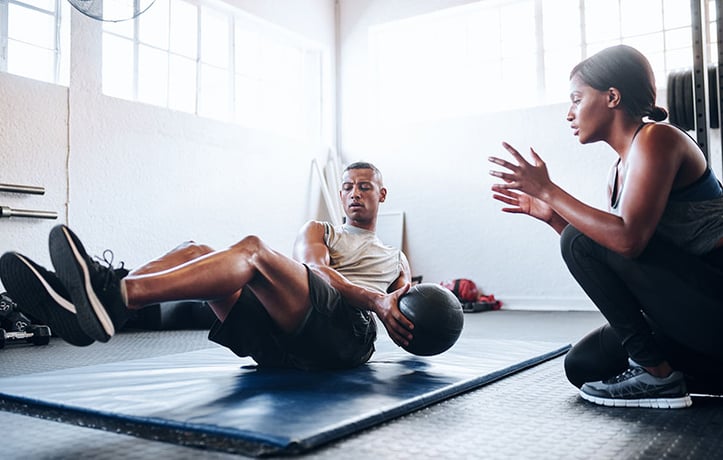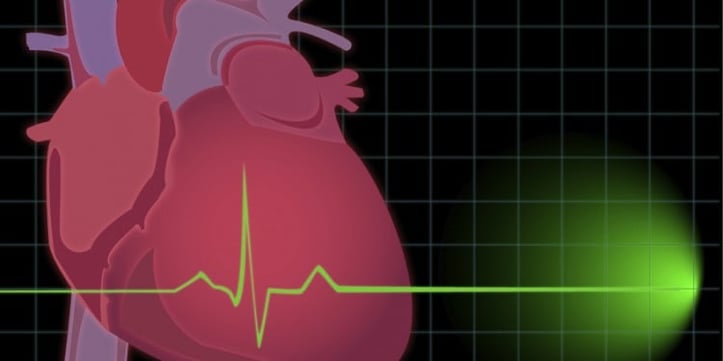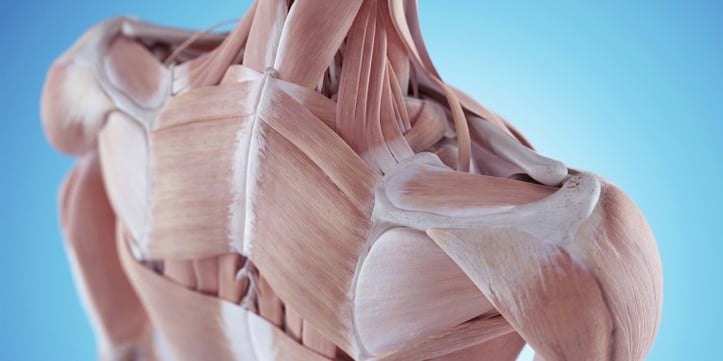Muscle Memory: The Science Behind Faster Strength Rebuilding & How to Use It

What Is Muscle Memory, Really?
You’ve heard it before: "Once you gain muscle, it’s easier to rebuild." But why? Muscle memory isn’t just gym lore—it’s rooted in cellular and neural adaptations. Let’s break it down with insights from the National Institutes of Health (NIH) and the American Council on Exercise (ACE).
The Cellular Secret: Satellite Cells
Muscle growth (hypertrophy) relies on satellite cells—stem cells that fuse with existing muscle fibers to repair and expand them. A 2018 Journal of Applied Physiology study found these cells "remember" past training: even if you stop exercising and lose muscle size, satellite cells remain in higher numbers under the muscle fiber membrane. When you restart training, they’re primed to jumpstart growth 30-50% faster than a true beginner.
The Neural Component: Motor Learning
Your brain plays a key role too. Lifting weights or doing bodyweight moves creates neural pathways—your central nervous system learns to recruit muscle fibers efficiently. Think of it like riding a bike: even after years off, your brain quickly reconnects the "how-to" signals. ACE reports this "neural memory" can persist for 6-12 months, explaining why you might lift your old PRs in 2-4 weeks post-break.
Why This Matters for Your Training
- Returning to the Gym? Relax. If you took a 3-month break (hello, busy work or injury), you’re not starting from scratch. Those satellite cells and neural patterns are waiting. A 2020 PLOS ONE study tracked lifters who paused for 8 weeks—they regained lost strength in just 3 weeks, vs. 8 weeks for first-timers.
- New to Fitness? Build the Foundation. Even beginners start building memory with consistent 8-12 week training blocks. Focus on compound moves (squats, push-ups) to boost both muscle and neural adaptation.
Pro Tips to Harness Muscle Memory
- Strategic Deloads (Not Full Stops): Instead of quitting cold, try a 1-2 week "deload" phase with lighter weights. This preserves satellite cell activity while letting your body recover. NASM recommends reducing volume by 40-50% but keeping 50% of your max weight to maintain neural patterns.
- Prioritize Frequency Over Intensity Post-Break: For the first 2 weeks back, train each muscle group 2x/week (e.g., push-ups Mon & Thu) instead of going heavy. This reactivates satellite cells without risk of overtraining.
- Track Baseline Numbers: Log your first workout after a break (e.g., "5 push-ups to failure"). You’ll likely hit 10-12 within 3 weeks—visible proof memory is working!
A Myth Busted: It’s Not Just for "Advanced" Lifters
Many think muscle memory only benefits those with years of training, but research shows anyone who’s ever built even minor muscle (yes, that 3-month summer workout phase in college counts!) gains this advantage. A Harvard Health study found middle-aged adults who’d lifted in their 20s rebuilt strength 2x faster than peers with no prior training.
Your Action Plan
Next time you’re nervous about a training break, remember: your muscles (and brain) are holding onto progress. If you’re restarting now, commit to 3 consistent weeks—focus on form, log your reps, and celebrate the little wins. You’re not starting over; you’re reconnecting with the stronger you.
Ready to test it? Grab dumbbells and do 3 sets of 10 bicep curls today. In 2 weeks, check if you’re lifting heavier or doing more reps. Muscle memory’s already at work—let’s make it count!

Fit vs Fat: Decoding Health's True Ruler

Pump Up Your Heart: Science-Driven Weight Loss

Wellness Technology: Your Path to Sustainable Weight Loss

A Sensible Guide to Dietary New Year's Resolutions

Prevent Shoulder and Rotator Cuff Injuries with Corrective Exercises

Overcome Fitness Plateaus: 4 Tips for Success

10 x 10 Thanksgiving Day Circuit: A Fitness Guide

Unleash Your Fitness Potential with Kit Rich's Training Secrets

The Future of Fitness: A Guide for Beginners to Intermediates

